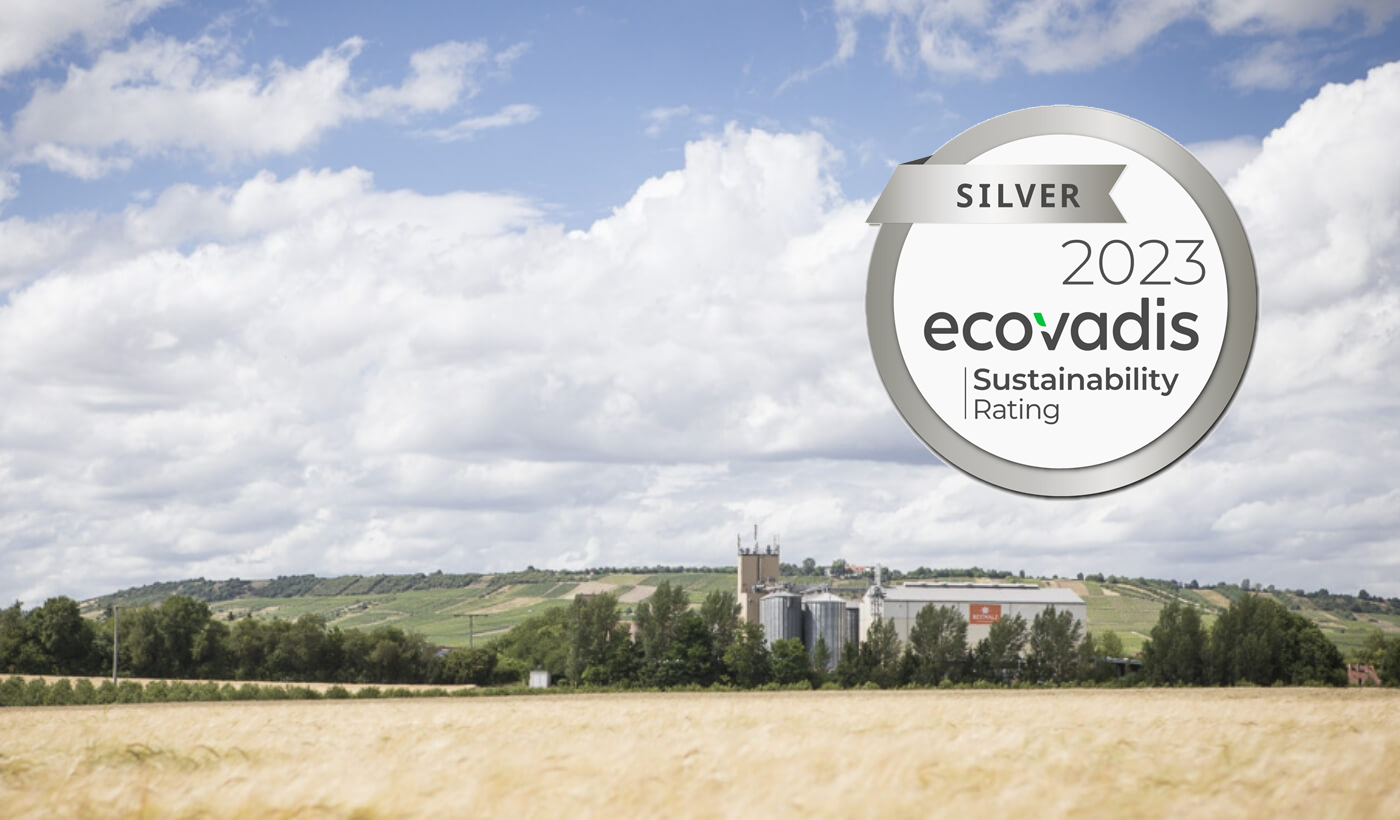BEST A-XL: Rock star Alexis Barley back on the malt stage
BEST A-XL is a malt made from the traditional German barley variety Alexis. “It was approved for beer brewing in Germany in 1986 and was the standard brewing barley in Europe for many years. Alexis was a kind of ‘rock star’ among the barley varieties available at the time,” explains BESTMALZ head Dr. Axel Göhler. “We have given the variety a new lease of life and had it grown exclusively in limited quantities for an exceptional malt.”
Learn the most important facts and figures about Alexis barley and BEST A-XL malt in this blog post.
Alexis is a malting barley variety from Saatzucht Josef Breun GmbH & Co. KG. The variety was created in 1975 by cross-breeding Trumpf and Br. 1622. 1622.
Plant variety protection for Alexis barley was granted by the German Federal Plant Variety Office (“Bundessortenamt”) in 1986. Until 2005, Alexis was the standard malting barley in Europe. In 2016, it was registered as a conservation variety with regional cultural heritage value.
At the time of its approval, it was the highest-yielding spring malting barley, which for the first time succeeded in combining short straw, mildew resistance and very good brewing performance.
Alexis barley was not only approved for cultivation in Germany, but also in Denmark, France, Great Britain, Ireland, Italy, Spain and Hungary. In Germany, Alexis held significant shares of the total area under cultivation in the 1990s. In 1992, this amounted to a propagation area of 9,048 ha (the Barke variety had an area of 4,603 ha in 1999).
A cross between the varieties Alexis and Libelle eventually resulted in the spring malting barley variety Barke. A Alexis is thus the parent of Barke. Due to its good genetics, the barley variety can also be regarded as the founder of current malting barley genetics.
For sowing:
Stability, short straw, medium-late maturity, resistance to all races of powdery mildew characterize Alexis barley. Due to good resistance properties, preventive fungicide treatment is not necessary.
For brewers:
Has exceptionally good proteolysis (protein solution) (FAN or nitrogen for the yeast as well as ELG or protein dissolution level) as well as low cytolysis or cell wall solution (good friability). Provides excellent long-lasting foam on the beer. This sets the malt from Alexis barley apart from modern barley varieties that tend to overdissolve.
This barley variety required intensive fertilization in the 1990s, mainly via increased nitrogen application. The nitrogen application is 30 kg N/ha, which is actually rather low by today’s standards. On average, nitrogen application is 60 kg N/ha. In principle, malting barley tends to require less fertilizer than other cereals.
Has exceptionally good proteolysis (protein solution) (FAN or nitrogen for the yeast as well as ELG or protein dissolution level) as well as low cytolysis or cell wall solution (good friability). Provides excellent long-lasting foam on the beer.
Due to advances in technology and breeding. In terms of yield and processability, Alexis had been “overtaken” by other barley varieties.
Palatia Malz GmbH decided to grow Alexis barley in order to be able to offer its customers this historical specialty with exceptional properties.
On request, other historical varieties can be processed into malt as well, namely Einkorn and Emmer. These varieties are rare. The cultivation of Alexis barley is controlled by Palatia Malz and harvest 22 amounts to a total of about 120 tons. Interested breweries can obtain exclusive options by means of respective contracts.
Palatia Malz GmbH has concluded seed and marketing exclusivity agreements with Saatzucht Josef Breun GmbH & Co. KG.
The A stands for “Alexis”, the XL stands for the excellent (“extra large”) foam stability of the beers brewed with BEST A-XL.
WHAT ARE THE SPECIFICATIONS OF BEST A-XL?








